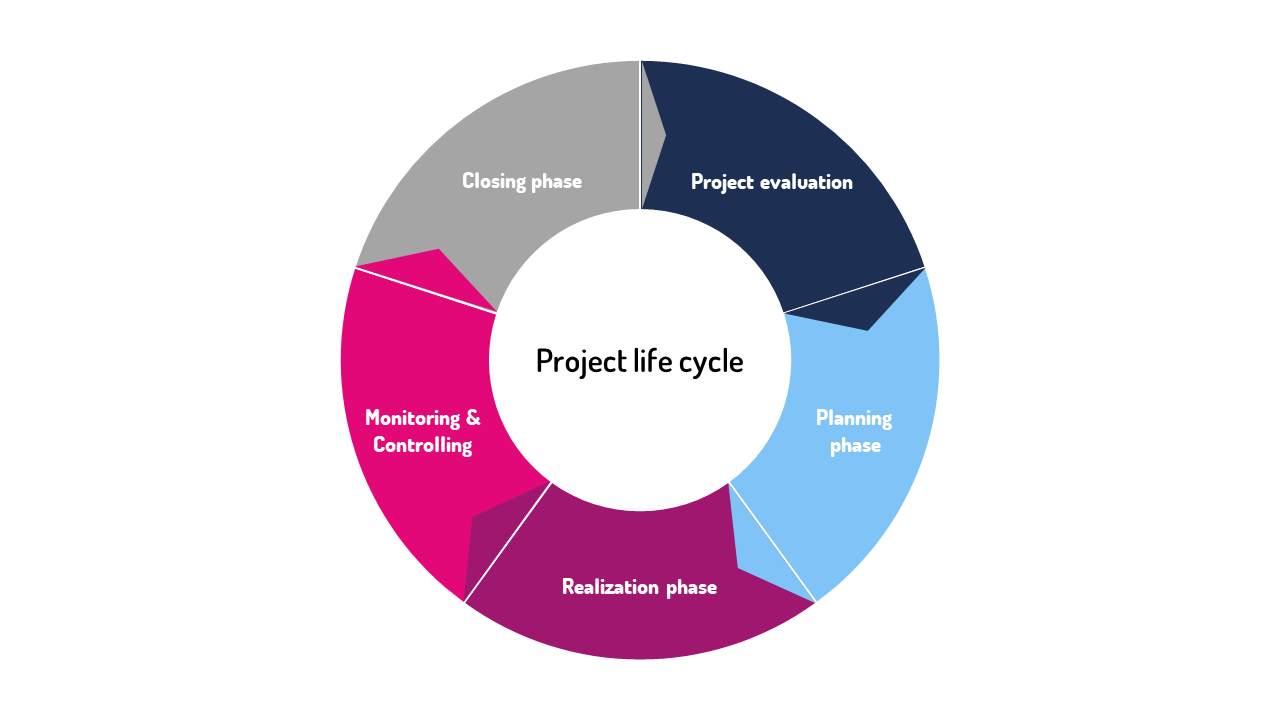Futurologists and HR leaders have long been concerned with the development and requirements of the modern working world. But ultimately it was COVID-19 that abruptly contributed to a flexibilization of work models that – from start-ups to corporations – continues in the new normal. For the successful anchoring of contemporary, urgently needed process structures, professional resource management optimization is indispensable.
In the current Capture blog post, we provide answers to the following questions:
- What changes in work design need to be re-managed?
- Why do project-oriented organizations establish PPM solutions as a central control cockpit?
- How can company performance be optimized through resource management?
- How can you recognize the optimal use of resources?
Work 4.0 is project-based
Project-based organizational forms are shaping the new working world. According to a recent Hays study, the implementation status of 55% is in the good midfield: project management structures have been set up and are functioning in all companies. However, there is a clear need for development in resource management optimization, not least due to the enormous increase in project-based work:
- Virtual team collaboration
- Flexible working hours
- Digital outsourcing options
- Self-managing expert teams instead of established management hierarchies
- A new self-image of job satisfaction and self-fulfillment among employees
Classic project staffing and controlling with the help of Excel sheets has definitely had its day under these circumstances. With digital solutions, however, the increasing complexity of the organizational environment can quickly become manageable again. Today, it is no longer exclusively about the correct management of resources once they have been defined, but about their constant optimization – entirely in the sense of a learning organization!
Resource management optimization along the entire project life cycle

For this purpose, leading PPM solutions such as ServiceNow offer a number of planning and control tools along the entire project lifecycle:
- Project evaluation
Even the result of a project evaluation can be different through data-based analyses than in an intuitive blind flight. A cross-check with available resources in the planned project period and costs incurred in comparable projects sharpens the view of the project idea.
- Planning phase
In the planning phase of a project, operational resource management functionalities come to the fore. Smart software workflows make requesting personnel or budgets much more efficient than coordinating resources by means of votes, e-mails, and loosely connected Excel sheets. Project staff, direct supervisors, department heads, and PMOs have an individual overview of their resource deployments and company-wide projects in the PPM solution, depending on user rights.
- Realization phase
User-friendly time recording tools, easily adaptable project plans, and a dynamic linking of operational and strategic project management functionalities promote resource management optimization in the realization phase. Through the consistent documentation of planned and actual workloads, measures can be initiated on an ongoing basis that has a positive impact on the TARGET/ACTUAL values of projects.
- Monitoring and Controlling
Preconfigured PPM Analytics dashboards make it easy to start routine monitoring and controlling of project activities at any time. Standard reports for different target groups provide a data-based foundation for goal-oriented coordination and the promotion of a performance-oriented corporate culture.
- Closing phase
Professional project organizations also devote sufficient time to the closing phase of projects. Project lessons learned can have different effects: Perhaps project plans are created as best-practice templates, employee skill profiles are updated, or cross-departmental workflows are adapted. The key is that collective project reflection actively contributes to further resource management optimization. Modern PPM solutions are designed for agile business environments and can be easily adapted accordingly.
The result of lived resource management optimization
The advantages of a successfully implemented, resource-oriented project management approach are obvious:
- Greater transparency for all stakeholder groups
- Fewer conflicts of interest through data-based project insights
- Faster action in case of project deviations
- More room to maneuver with shared resources
- Decreased employee turnover through fair performance reporting, realistic resource planning, and diversified project deployment options
- Easier communication between PMOs, department heads, line managers, and employees
- More accurate cost planning based on meaningful data
- Stronger performance-driven culture
- Better business results through optimized use of resources
Capture practice tip: Focus on the essentials
Resource management optimization doesn't happen on the fly, but focusing on just a few KPIs can uncover necessary process measures and, when realized, can help deliver tangible results within a few weeks.
Get started with Capture SmartStart
Work with our consultants to identify the strongest levers for your resource management optimization.